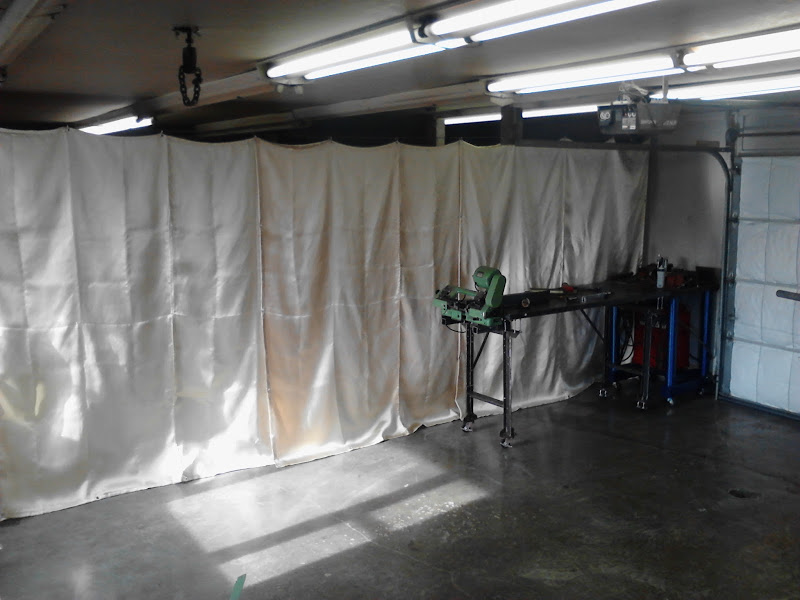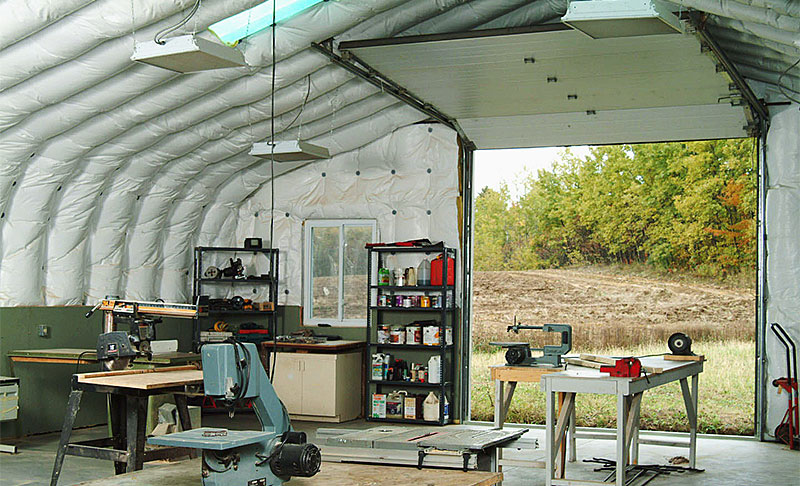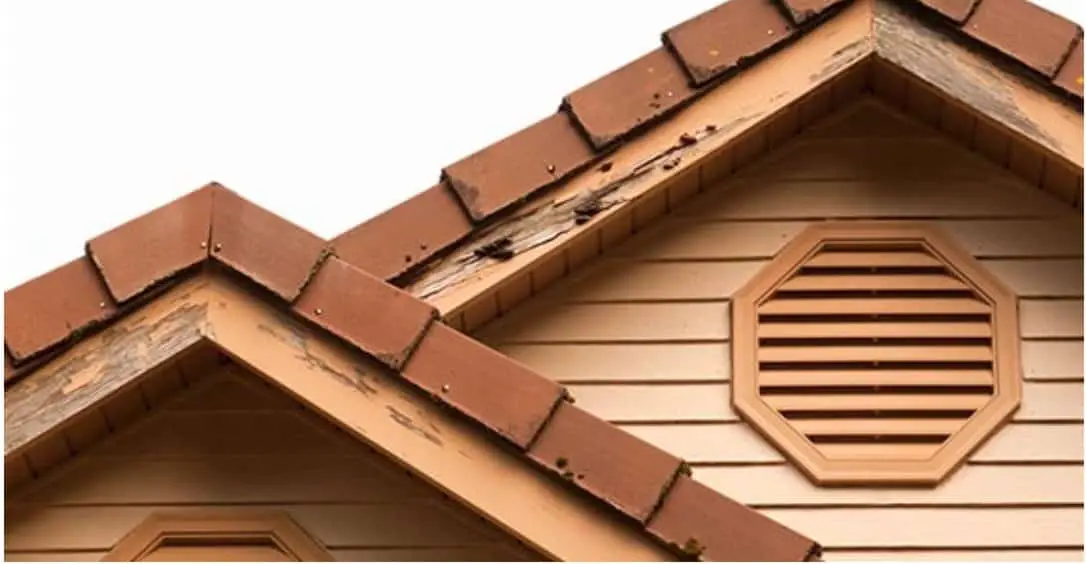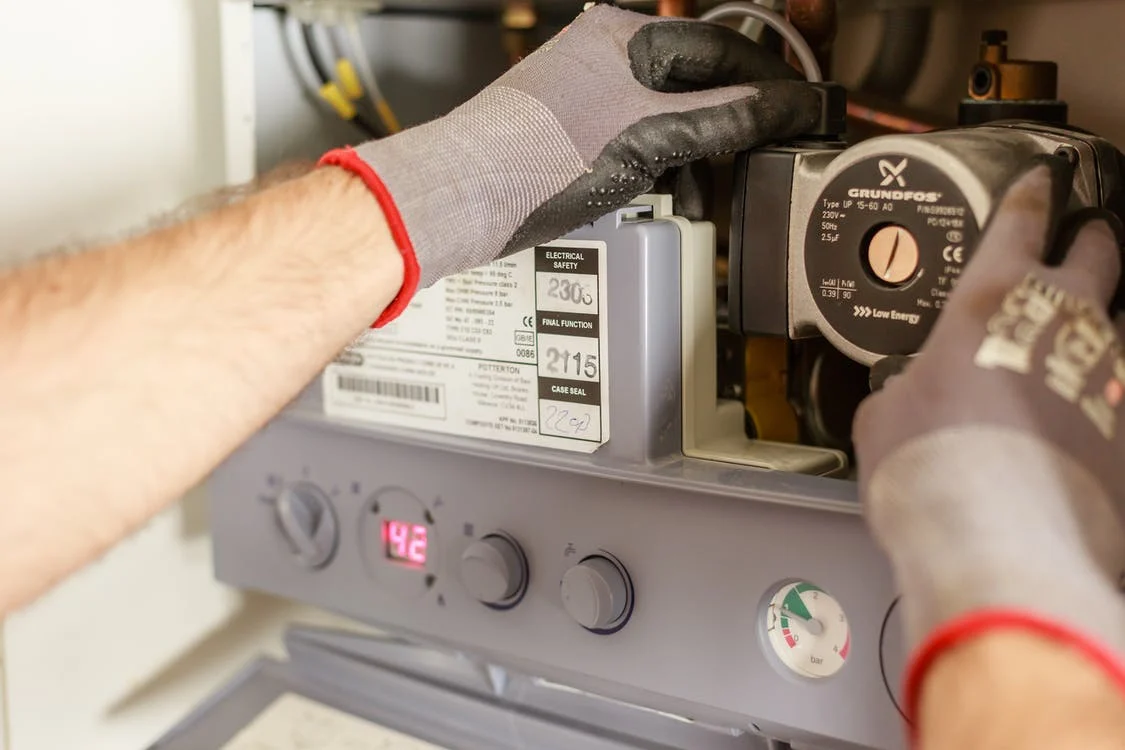When designing or refurbishing your garage, the question about internal walls often comes up. If your garage is too big, you might need to divide it into separate, smaller areas. If you plan on using your garage as a home workshop or welding station, it would be great to have a barrier between the cars and the tools. Some homeowners use their garages as places for relaxation and alone time.
Regardless of the reason, if you plan on setting up interior walls inside your garage, your best bet might be to use curtains instead of rigid or permanent structures. It is easier to divide the garage’s interior. This article will go over the reasons why curtain dividers are better alternatives than traditional walls.
Reasons To Avoid Traditional Interior Garage Walls
They are permanent. Rigid walls with bricks or wood are permanent structures. It takes a lot of time to build them, and you cannot move reposition them. If you want to merge rooms or make an area larger, demolition is the only option.
They take up more space. For brick walls, a common thickness would be 4″. Concrete walls often go around 4″ and 8″. While not a major issue, such walls are consuming extra space. The situation changes when we look at curtain walls. They have a common thickness of around .016″.
They cost more. To build a typical brick, concrete, or wooden wall, you will need to spend more money. Traditional brick walls cost between $25 and $45 per square foot. Veneer walls are cheaper at around $20 per square foot. Natural stone can go anywhere between $20 and $70 per square foot.
Hard to clean. If you plan to often working inside your garage, the brick or stone walls will quickly become dirty, and cleaning them is exceptionally hard. If enough moisture can reach rough surfaces, there could be mold and mildew buildup.
Weak against earthquakes. If you live in high-seismic zones, we suggest avoiding the use of rigid, permanent walls inside the garage.
Using Curtains As Interior Walls: What Are The Benefits?
Setting up a curtain wall should not be costly. Here are all the benefits you will gain by using industrial curtain walls for your garage:
- Curtain walls are portable. You can take them down, store them elsewhere, or reposition them
- With a common thickness of .016″, these curtains take up almost no space
- Garage curtain dividers are up to three times cheaper than brick, stone, wooden walls
- You can divide the garage into smaller areas and use each of them for different tasks
- You can reuse the curtain walls elsewhere in your home, shed, or garden
- Protect your vehicles and equipment when working inside your garage
- Keep dust, moisture, and pests away from your car
- Reduce heating and cooling costs because the curtains offer amazing temperature control
- Improve privacy inside the garage
- You can set up the garage curtain walls alone. There is no need to hire experts or ask for other people’s assistance
- Industrial curtain walls often use vinyl. The material has a slick and easy-to-clean surface
- You can purchase other curtain panels and attach them to your existing interior wall
- Overall, using portable interior walls such as curtains is a long-term investment. Throughout the years, they will save money from cleaning and electricity
What Materials Do Garage Curtains Usually Use?
The main material for such curtains is vinyl. Some types of vinyl are anti-static while others focus on flame resistance. Garage vinyl curtains are exceptionally good at blocking welding flashes and sparks.
Above all, vinyl has amazing water resistance. If you live in a geographical area with humid climate or conduct operations that create humidity inside your garage, using curtains would prevent the moisture from spreading everywhere.
Vinyl also has insulation properties. It will provide temperature control by keeping garage temperatures stable regardless of the season. Vinyl is also easy to clean. Because of its slippery surface, the water will dry up in no time.
Vinyl is a universal material. With it, you can set up welding screens or entrance strips as well as curtains. The best thing about vinyl screens is their simplicity. They only need a standing panel. You can use the screens in your garage or carry them with you for other tasks. The entrance strips act as alternatives to doors. They offer some protection against moisture, dust, and noise. The best benefit is the ability to move through them with ease; unlike traditional doors.
Other Garage Wall Material Types
Drywall. It’s affordable and has impressive insulating properties. Drywall will provide temperature and sound control. If you plan on welding or working inside your garage, a sound barrier would do wonders. Setting up such an interior wall would take almost no time because of how easy it is.
The problems with drywall are its vulnerability to moisture and impacts. Since moisture can easily pass through, there is a risk of mold, mildew, and fungi buildup. The inability to handle strong impacts means one fall could break the wall. As a result of these weaknesses, drywall won’t last long. However, it is still an alternative worth considering.
Plywood. With a minimum thickness of 3/8-inch, plywood is perfect for privacy. It is a step-up from drywall because of its sheer strength. Plywood has a strong resistance to cracking, breaking, twisting, warping, and freezing. It will improve garage insulation. The one weakness plywood has is moisture. Overall a great alternative, but you should avoid using it if your garage activities increase humidity.
Pegboard. Here, we have a choice between metal and wood panels. Regardless of which you pick, there is one major benefit. Pegboard is the best choice if you have a lot of tools and want to organize your garage. You can create an interior divider wall purely out of pegboard, or attach it to an existing wall. Organizing storage has never been so easy.
Glass Panels. Another alternative would be to purchase glass panels and use them as interior garage dividers. They offer all the benefits of a rigid permanent wall while costing roughly the same amount of money. Their portability is what makes them a better choice. Similar to garage curtain dividers, glass panels will also keep temperatures stable, and keep the pests at bay.
Metal Panels. While they are more expensive than the other alternatives this article listed, they are strong and fire-retardant. Another benefit would be how they look. New metal panels will shiny and improve the indoor look of your garage.
In conclusion, we would like to suggest using flexible garage curtains as interior walls. The common brick, wooden, stone, or metal walls have a rigid construction. They are permanent and will be in the way if you want to reorganize the area. There are better alternatives such as drywall, pegboard, plywood, and more. Vinyl curtains are by far the best alternative as they are flexible and take up less space. They will control indoor moisture, noise, dust, and temperatures.






